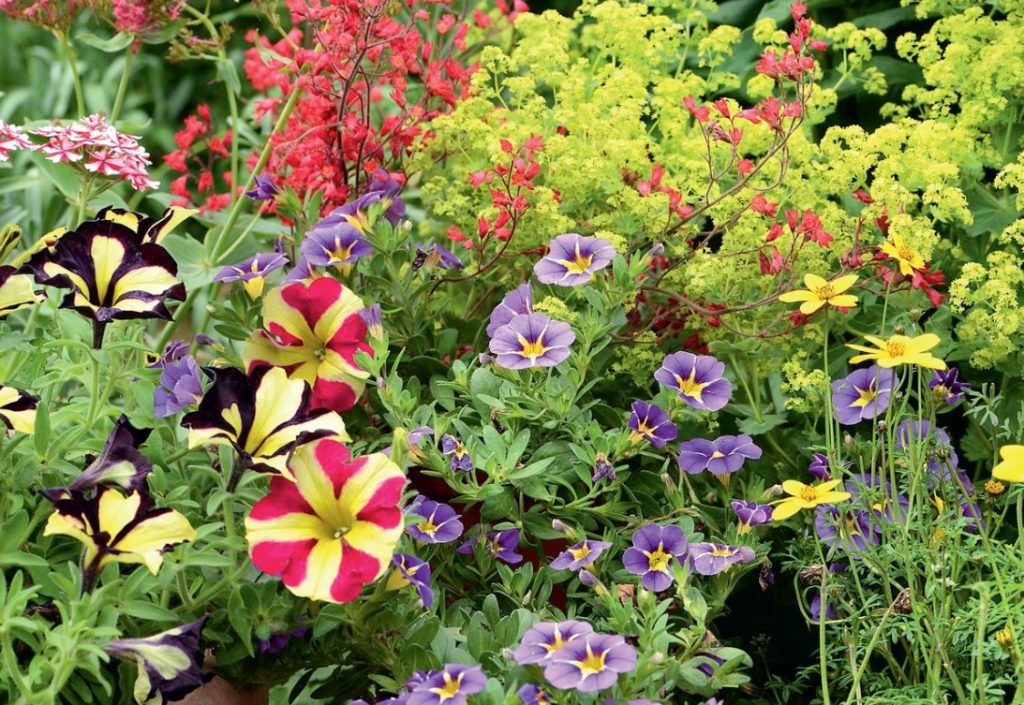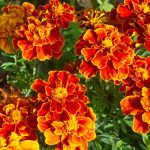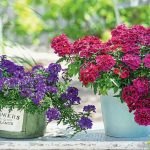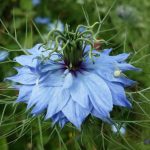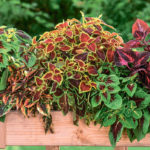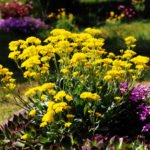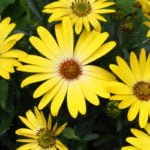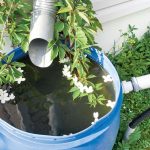Annuals… Perhaps no group of plants evokes such contradictory feelings. I want everything to bloom, but I don’t have time to bother with seedlings. Or to bloom, but not like in the city. Or I’m afraid it will be colorful. Or have nowhere to plant. Or it will be a pity to dig in the fall. The arguments for and against don’t fit in your head. And if so, you need to give free rein to your feelings and, like a petal, escape into the world of your creative fantasies!
What are annuals?
Especially for those who are not yet in the topic, a few words about what annuals are. Annuals are ornamental plants that are planted for one season. In addition to annual plants, biological perennials also act as annuals. They all live well for many years in their warm homeland (or on our warm windowsills), but in the garden, with the onset of cold weather, they just freeze.
Most of the annuals are planted through seedlings. This is done in order to get a fully grown flowering plant by the end of April or early may (the so – called first flower phase).
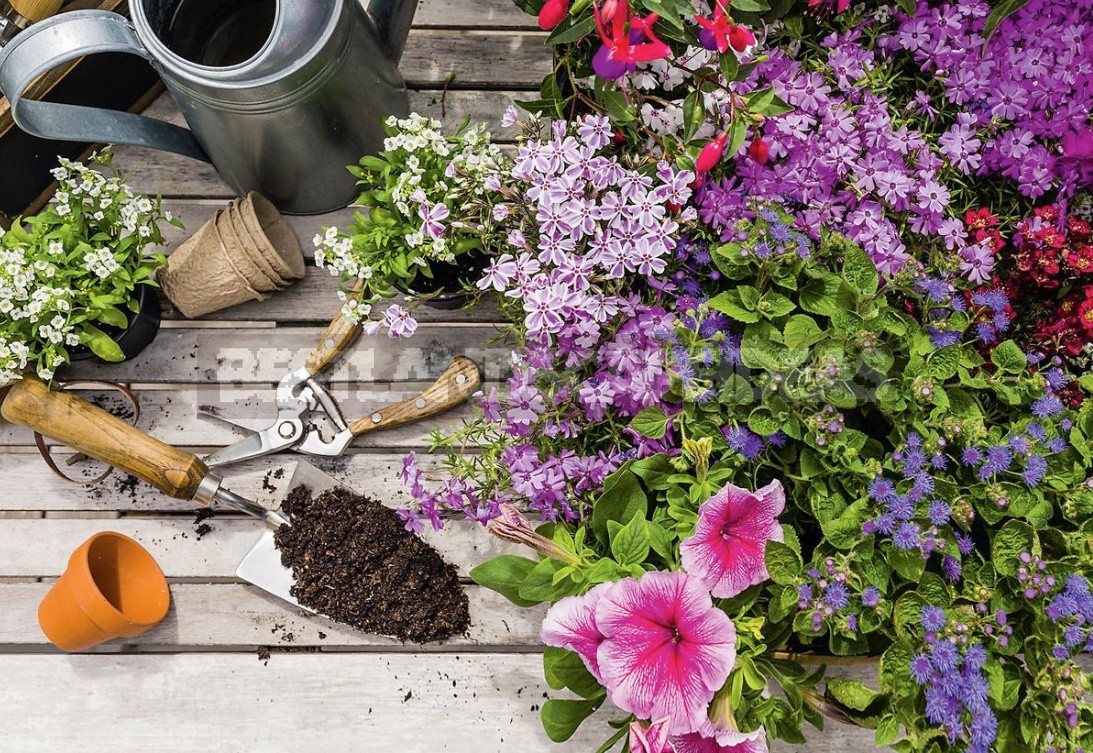
Someone likes to grow seedlings themselves, someone buys ready-made. Millions of square meters of greenhouses are literally drowned in pink-blue-scented — choose to your taste!
The main property of annuals-continuous flowering throughout the season. A rare perennial can boast of this. How long do peonies bloom? And irises, delphiniums? Two weeks, three at most. And Petunia, a tireless worker, opens new buds from April to October and a little more, if the weather allows.
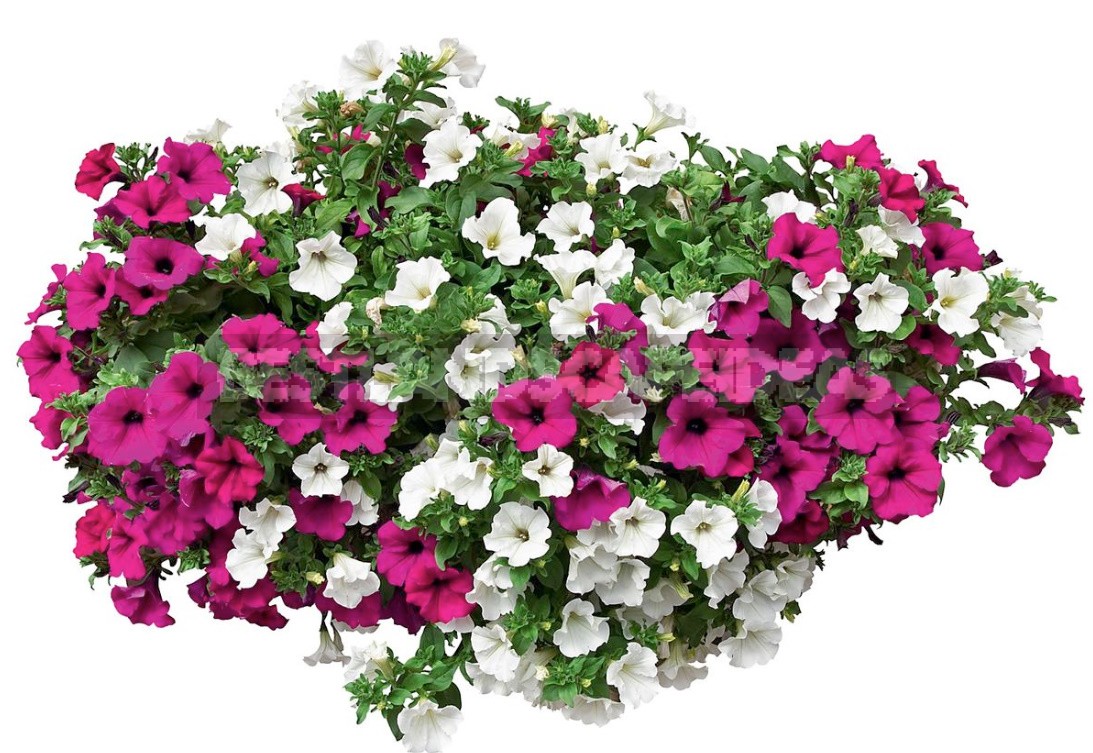
But there are also such annuals that almost do not bloom, but show magnificent bright foliage. In any case, the bulk of annuals are planted in order to add stable bright colors to the garden.
Where and how best to plant annuals?
To mixborders
If we talk about a comprehensive approach, the most luxurious option is:
- When planning mixborders on the site, leave the entire front part of them empty.
- We also leave gaps between shrubs and conifers in some places.
- Low annuals podbivaem the entire front edge, a single mass, not sparing seedlings, so that they quickly closed (plant in 15-20 cm, depending on the type).
- In the left “pockets” inside the mixborder, we plant groups of annuals higher.
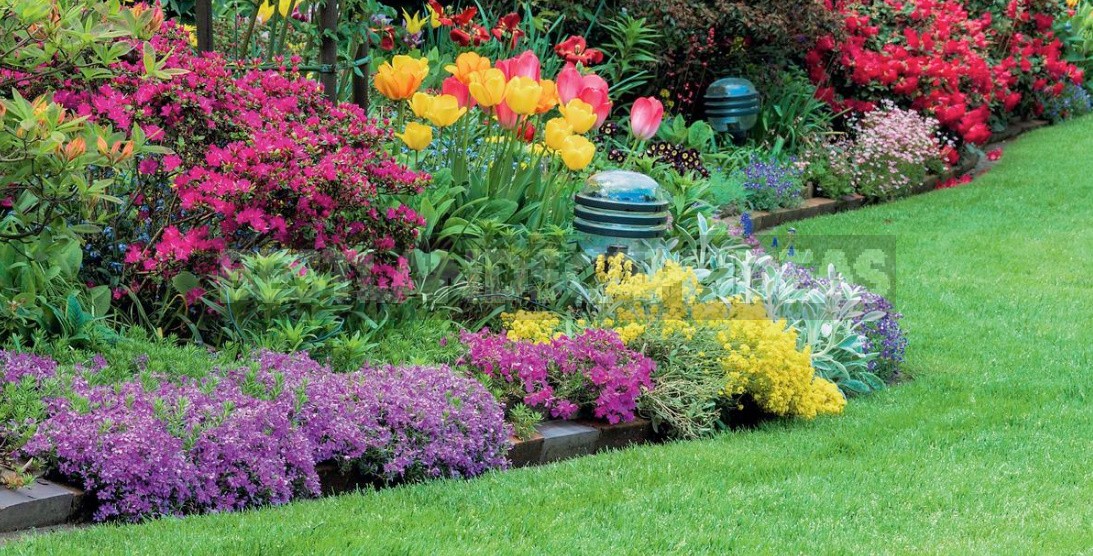
As a result, we get the feeling of a fully blooming garden. Annuals act as a dense ground cover, from which our thuis, barberries and hydrangeas “grow”.
The main mistake: the edge planting should never be a border of the same width. The width will naturally vary when planted from the edge of the flower garden to the main plants with a dip in the gaps. This is when your flower garden will look natural, not lined up.
In the borders
What if, on the contrary, you want to make a smooth border of annuals? This is rather a Park technique or an element of a regular garden. In an ordinary garden, a flat flower border will be appropriate, for example, on the edges of paths. The main mistake here is to plant seedlings along the path in a single line. First, it is too narrow, and secondly, the bushes grow heterogeneously, and the border turns out to be curved. For clarity of the line, the scheme of planting seedlings should be at least three-row, 17 cm between the plants in a row, in a staggered order. This results in a smooth, high-quality convex border 50-60 cm wide.
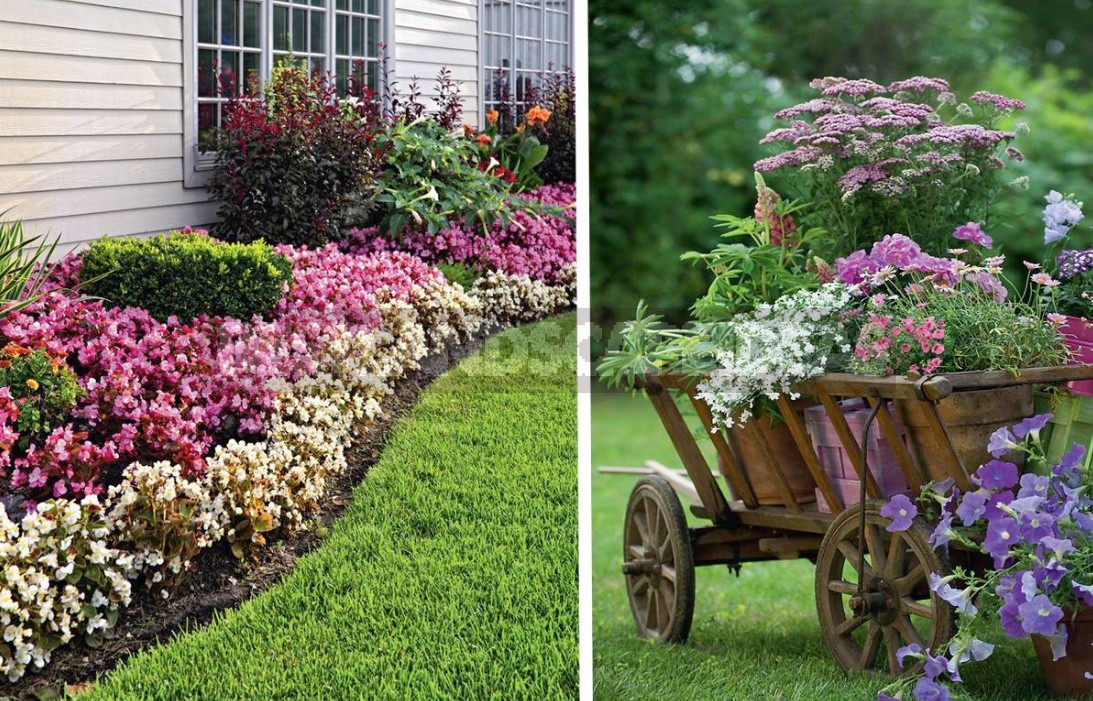
In flower beds
But what if the landings on the site have already developed, and suddenly you want colors or do not have enough accents? We are looking for free places in the flower garden. But do not plant one bright flower here and there — it will ripple in the eyes, and the overall picture will not change. It is more correct to look at the existing flower garden critically and transplant something, clearing space for annuals, or slightly expand the area of planting.
Special delicacy in the introduction of new color spots require established landscape gardens. A bright curtain of yellow marigolds in the sun can Eclipse everything else and negate our previous efforts to fine-tune color combinations. Therefore, we proceed with caution. As a rule, the blue color does not harm. In the penumbra, white and light purple will be appropriate. Blue Lobelia will help to emphasize the “silvery” coniferous trees. And marigolds – in the garden, where you can do everything. They will not only decorate it, but will also heal the soil naturally, fighting soil pests.
Into the container
Well, if we do not want to intrude into the life of our garden, various containers are ideal for annuals — pots, vases, balcony boxes, hanging planters.
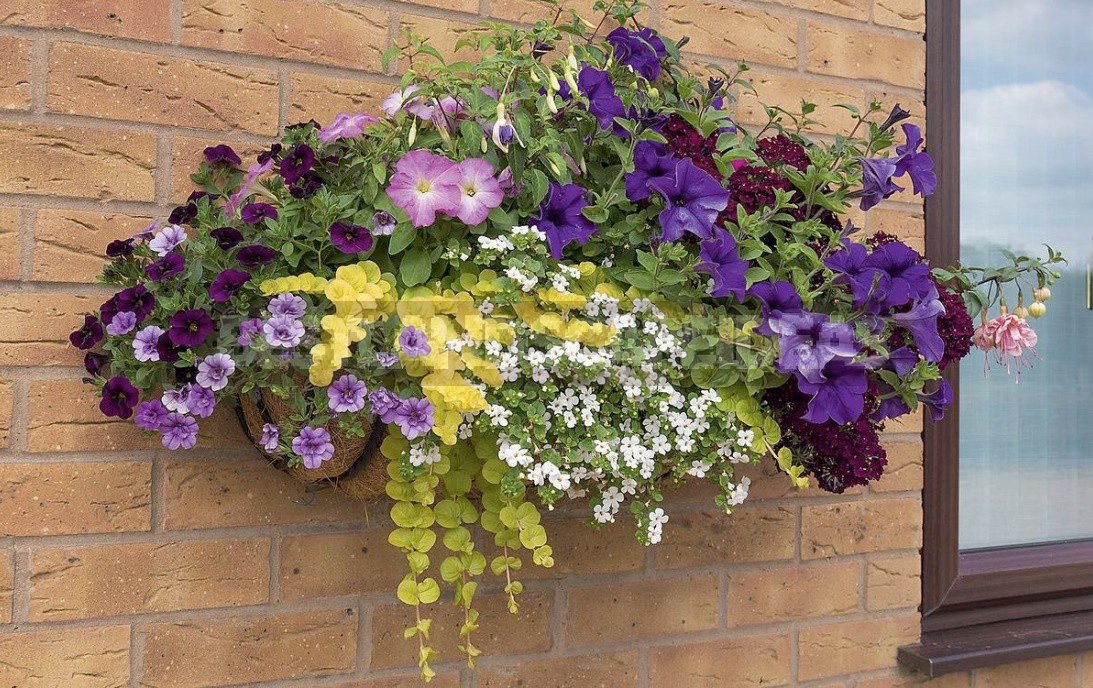
Hanging planters, as a rule, we buy ready-made (sometimes plants from them are transplanted entirely into small pots). We’ll do the rest ourselves. One of the main rules is to plant the plants almost closely to immediately get a decorative look. Next-a matter of taste.
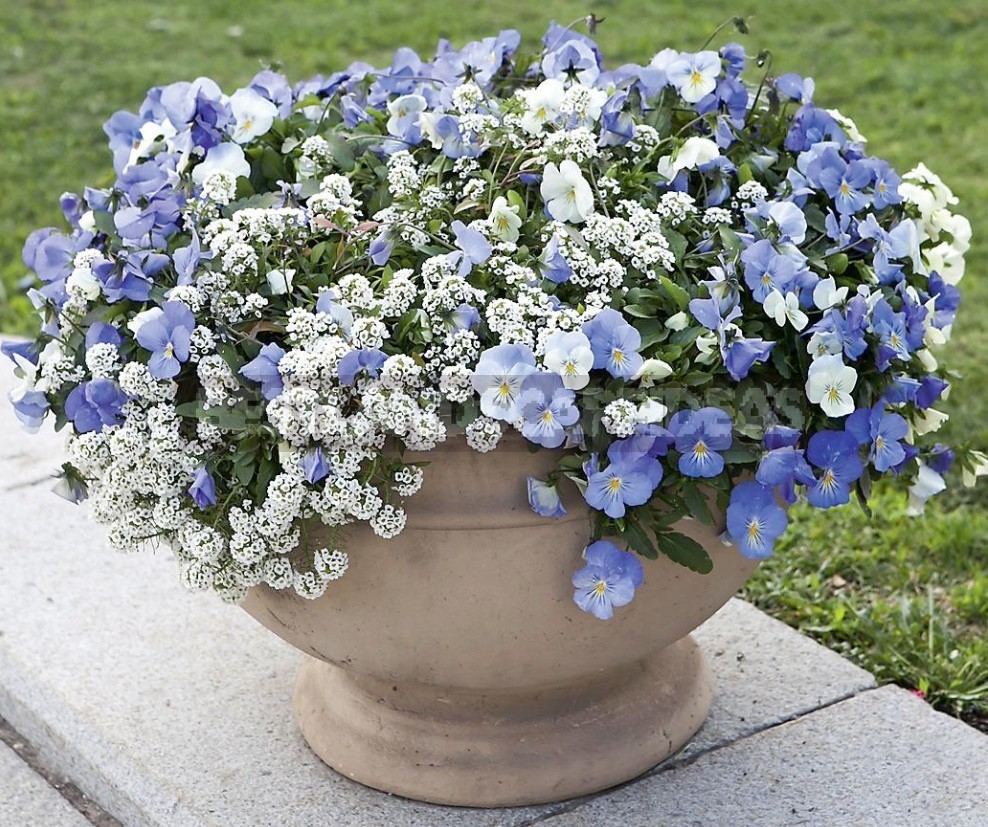
Very stylish look monoposte, and any. To “mix” well, if a few plants are hanging plant container immediately acquire a picturesque silhouette.
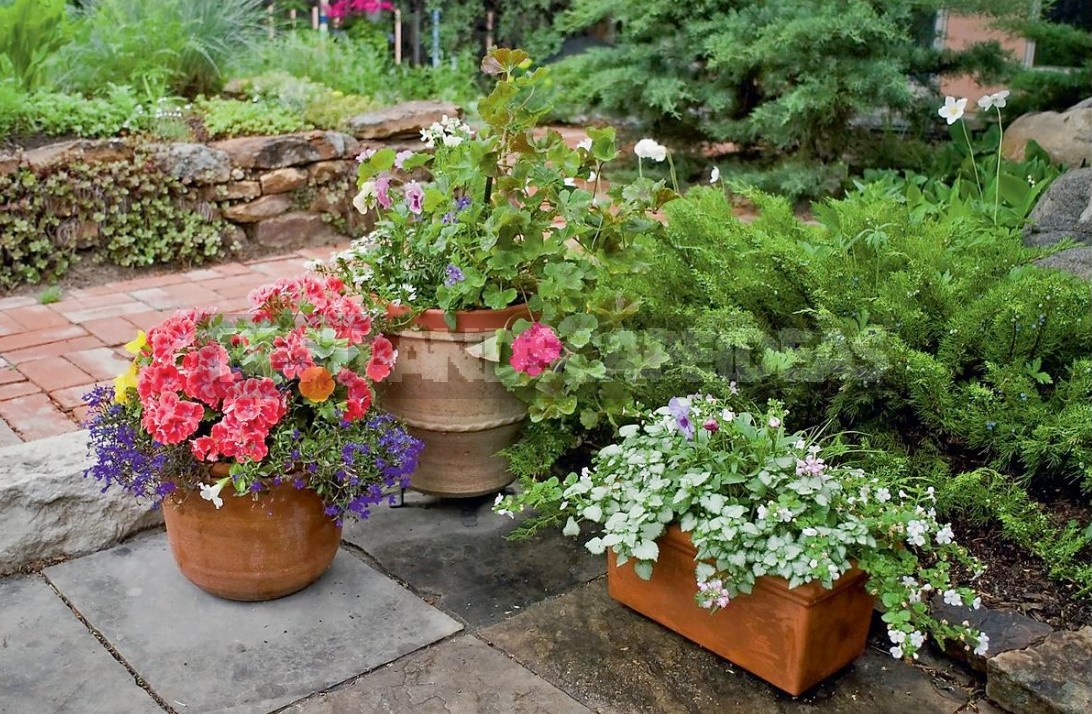
Very pleasant compositions are obtained with the addition of “indoor” plants. And do not forget: a simple pot — you can make a bright composition, a bright pot – only uniform planting.
And how you will thank yourself in the fall, when the decorative cabbage opens in all its glory!
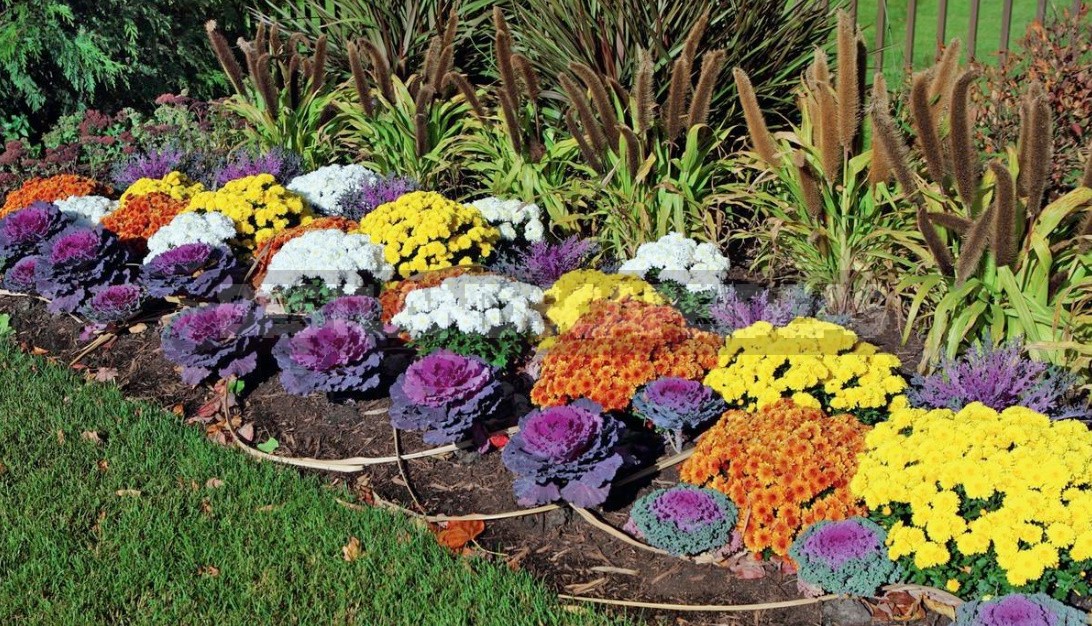
Many gardeners believe that annuals can only grow in a Sunny area. Yes, these are the best conditions for most of them. But there is a stick-help, Impatiens walleriana, capable of giving flower “caps” in the shade, except for a completely deaf one. A great variety of varieties and shades make it universal. And Coleus, especially light colors, feels much better not in the hot sun. As for the light penumbra, it is maintained, perhaps, by all annuals. So don’t worry about it too much.
But what you should take care of is the composition of the soil, just the opposite. In any case, do not make it too fertile with an excess of nitrogen — they will go into the foliage, and will bloom poorly. In addition, overgrown, but not strong stems will lie down and from the rain, and from their own weight. But everything else should be in abundance. Pay attention to the microelements: often the color saturation “falls short” precisely because of their absence.
Garden centers usually offer a standard assortment of annual seedlings: viola, Petunia, marigolds, alyssum, Lobelia, Salvia, cineraria, ageratum, Impatiens, pelargonium, Coleus, Verbena.
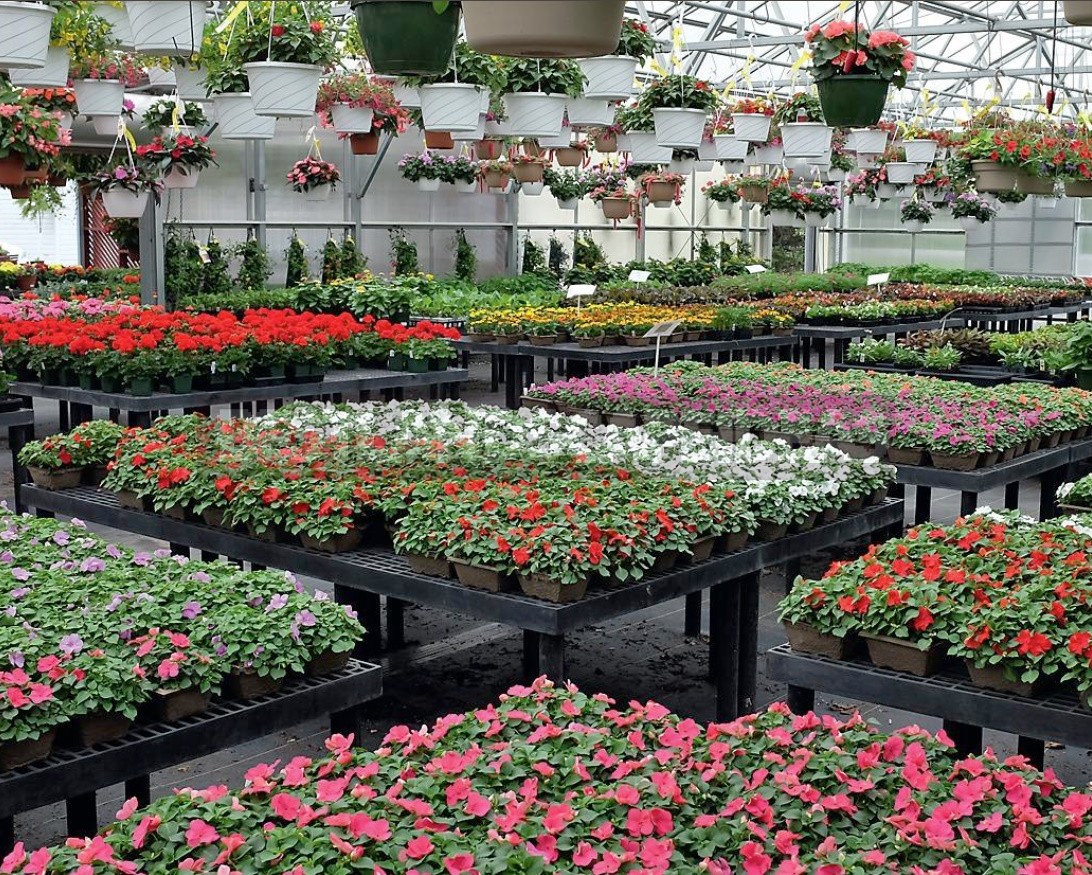
It doesn’t make sense to grow all this yourself. But there are a huge number of other interesting plants that are displayed on bags with seeds — that’s where the expanse for enthusiasts!
There are also undeservedly forgotten plants that either have to be properly searched for, or also sown independently.
- First of all, it is a Matthiola, which has an unsurpassed aroma.
- More of the fragrant and light in the crop — mignonette.
- Next — amaranth “Fox tail”. If at first it is well fed and watered, it grows almost to the height of a person, delighting with luxurious, hanging to the ground red inflorescences.
- It is extremely rare to see nasturtium on sale. But its seeds are so large, so quickly and well sprout that it is not a sin to sow (you can immediately put them in the ground, but it is better to plant them as seedlings). There are many beautiful modern varieties!
- Lathyrus odoratus is also an almost forgotten annual. Also perfectly sown. But it should be handled carefully, it does not like to injure the root during transplantation.
And finally, one more argument in favor of annuals — they allow our garden to easily change from year to year and leave us space for creativity!
